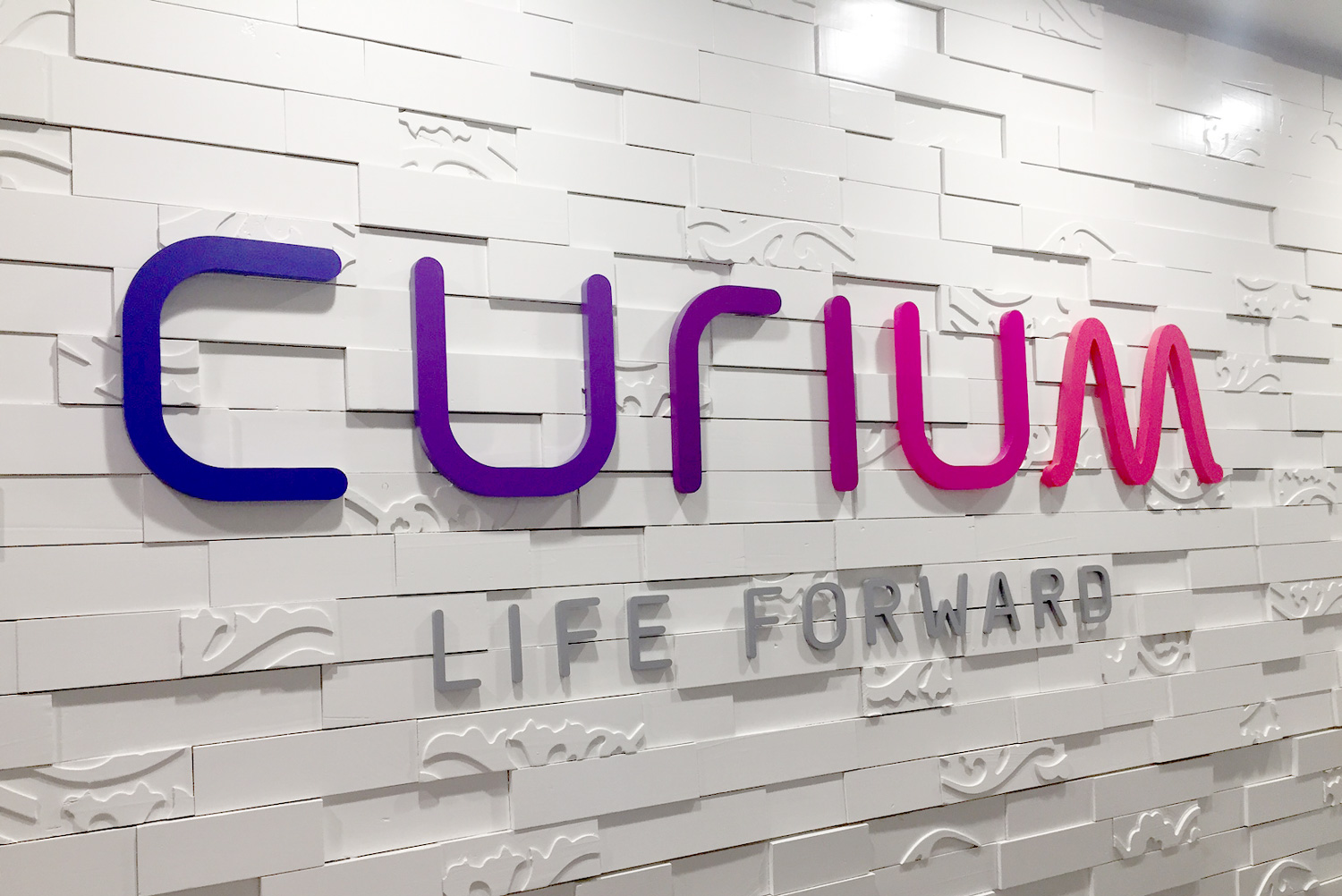
17th March 2021
A statement on the use of Xenon Xe 133 Gas during the COVID-19 pandemic
(St. Louis, MO – March 17, 2021) There are a variety of safeguards when using the Xenotron™ I Xenon (Xe 133) Gas Dispenser for use with Xenon Xe 133 Gas in Curium unit dose vials that help ensure patient safety. Use of the Xenotron I includes a stopcock and interconnector that is used during the administration process and is closed after administration of the Xenon Xe 133 Gas. This helps prevent any backward flow from the patient back into the device. Also, patient administration accessories (facemask, mouthpiece, nose clip, etc.) are typically single-use, disposable, and often have one-way valves to further reduce the risk of infectious transmissions.
Xenon Xe 133 Gas has been a reliable and valuable agent for diagnostic inhalation studies since 1982. Xenon gas aids in the evaluation of pulmonary function, for imaging the lungs, and may also be applied to assessment of cerebral blood flow. Since 2009, Curium’s Xenon Xe 133 Gas has been used in over 200,000 patients without any reported cases of infectious transmissions among the few adverse events overall. In addition, the FDA Adverse Event Reporting System (FAERS) Public Dashboard (which includes all reported Adverse Events) also shows no infectious transmissions. It is important to note that these statistics do not rule out the risk of infectious transmission, including risk of COVID-19 infection. It is also important to emphasize that nuclear medicine technologists and other medical professionals administer these studies utilizing common sense precautions and protocols to minimize risk. Most healthcare facilities have adopted strict policies governing appropriate personal protective equipment, airflow and ventilation requirements, room turnover times and local infection control specialists are often deployed to support and help evaluate facilities, equipment and staff PPE. Clinicians should always evaluate the risks and benefits of a Xe 133 study in light of all of these circumstances, including the patient’s diagnostic and clinical need for a Xe 133 study.
Per the Society of Nuclear Medicine and Molecular Imaging’s SNM Practice Guideline for Lung Scintigraphy 4.0: “An advantage of 133Xe ventilation is that single-breath, wash-in or equilibrium, and washout images can be obtained, thus providing a more complete characterization of ventilation and a more sensitive test for obstructive airway disease. Physiologic information about ventilation can best be obtained from 133Xe imaging.”
Curium agrees with these guidelines and looks forward to seeing a second revised and updated SNMMI COVID-19 and Ventilation/Perfusion (V/Q) Lung Studies statement that appropriately balances the clinical need for patients to have access to these procedures with the risk of infectious transmission.
Indication & Usage
Xenon Xe 133 Gas has been shown to be valuable for diagnostic inhalation studies for the evaluation of pulmonary function, for imaging the lungs and may also be applied to assessment of cerebral blood flow.
Important risk information
Warnings and precautions
- Xenon Xe 133 Gas delivery systems, i.e., respirators or spirometers, and associated tubing assemblies must be leakproof to avoid loss of radioactivity into the laboratory environs not specifically protected by exhaust systems.
- Xenon Xe 133 Gas adheres to some plastics and rubber and should not be allowed to stand in tubing or respirator containers. Loss of radioactivity due to such adherence may render the study nondiagnostic.
- Xenon Xe 133 Gas as well as other radioactive drugs, must be handled with care and appropriate safety measures should be used to minimize radiation exposure to clinical personnel. Also, care should be taken to minimize radiation exposure to the patients consistent with proper patient management.
- Exhaled Xenon Xe 133 Gas should be controlled in a manner that is in compliance with the appropriate regulations of the government agency authorized to license the use of radionuclides.
- Radiopharmaceuticals should be used only by physicians who are qualified by training and experience in the safe use and handling of radionuclides.
- Transfer the appropriate Xenon Xe 133 Gas dose from the Xenon Xe 133 Gas unit dose vial(s) to a breathing device or spirometer utilizing the Xenotron™ I Xenon Gas Dispenser. Follow the directions for use that are provided with the Xenotron I Xenon Gas Dispenser.
Adverse reactions
- Adverse reactions specifically attributable to Xenon Xe 133 Gas have not been reported.
Use in specific populations
- Pregnancy Category C. Xenon Xe 133 Gas should be given to a pregnant woman only if clearly needed.
- Breastfeeding: It is not known whether this drug is excreted in human milk. Because many drugs are excreted in human milk, caution should be exercised when Xenon Xe 133 Gas is administered to a nursing woman.
- Pediatric Use: Safety and effectiveness in pediatric patients have not been established.
Please see Full Prescribing Information.